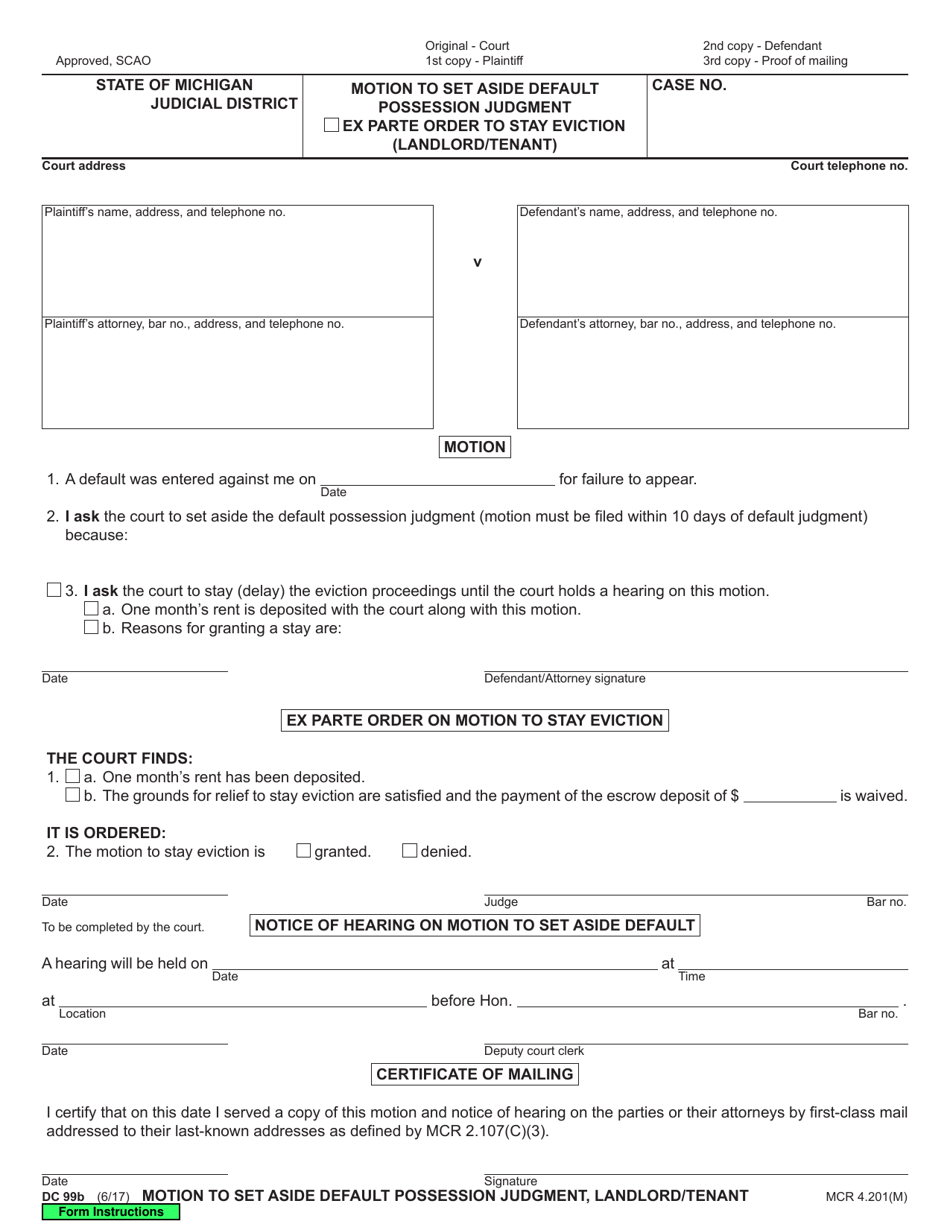
In fact, after 30 days, the defaulting spouse can’t even ask to vacate the default (at least without a lot of steps explained later). So, remind the judge that your defaulting spouse has already been notified twice. However, the failure of the attorney to give the notice does not impair the force, validity or effect of the order.” 735 ILCS 5/2-1302 “Notice of entry of default order. (a) Upon the entry of an order of default, the attorney for the moving party shall immediately give notice thereof to each party who has appeared, against whom the order was entered, or such party’s attorney of record. Judges are unsympathetic to delaying the entry of a default judgment after the default order has been entered because by that time, the respondent has already been notified twice. If the default has already been entered and the respondent shows up begging for more time at the entry of the final judgment, the judge usually says, “Sorry.

Too many respondents have shown up to the last hearing for default AND judgment only to have the judge continue anything. My firm’s practice is to get an order holding the respondent in default on a separate date before finalizing the divorce. “Judgment by default may be entered for want of an appearance, or for failure to plead, but the court may in either case, require proof of the allegations of the pleadings upon which relief is sought.” 735 ILCS 5/2-1301(d) Just send the notice of motion to wherever you served the respondent. You’re going to have to send notice of this motion to the respondent even though the respondent has not filed an appearance indicating where you should send notices to. If 30 days after service have passed and nothing is filed by the respondent, you can file a motion to hold the respondent in default. “If the defendant’s appearance is made in some other manner, nevertheless his or her answer or appropriate motion shall be filed on or before the last day on which he or she was required to appear.” Ill.

So, while it may feel like there is a lot of pressure to formally answer the petition within 30 days, usually just an appearance form filed is sufficient to meet the 30 day deadline. The defendant may make his or her appearance by filing a motion within the 30-day period, in which instance an answer or another appropriate motion shall be filed within the time the court directs in the order disposing of the motion. “When the summons requires appearance within 30 days after service, exclusive of the day of service (see Rule 101(d) ), the 30-day period shall be computed from the day the copy of the summons is left with the person designated by law and not from the day a copy is mailed, in case mailing is also required. The respondent in an Illinois divorce must file their answer and appearance within 30 days of being served (and you don’t count the day you were served). If that’s the case, your next step is to file your divorce and serve your spouse with the petition for dissolution of marriage. If you haven’t yet filed the divorce, you may have simply prepared final divorce documents only to find that your spouse refuses to sign the divorce papers.


90% of the time this is the failure to file an appearance and respond to a petition for dissolution of marriage. What exactly is a Default Divorce in Illinois?Ī default divorce in Illinois is where the other spouse does not do the bare minimum to participate. So what is a default divorce in Illinois? Sports metaphors aside, when you or your spouse don’t participate in an Illinois divorce, someone gets held in default. If either party doesn’t follow those steps, then the judge calls a “foul” and if it gets too bad, you can forfeit your divorce case.
#Motion for default judgment series
There are a series of steps that the petitioner and the respondent must follow. The Illinois divorce process is very regimented.


 0 kommentar(er)
0 kommentar(er)
